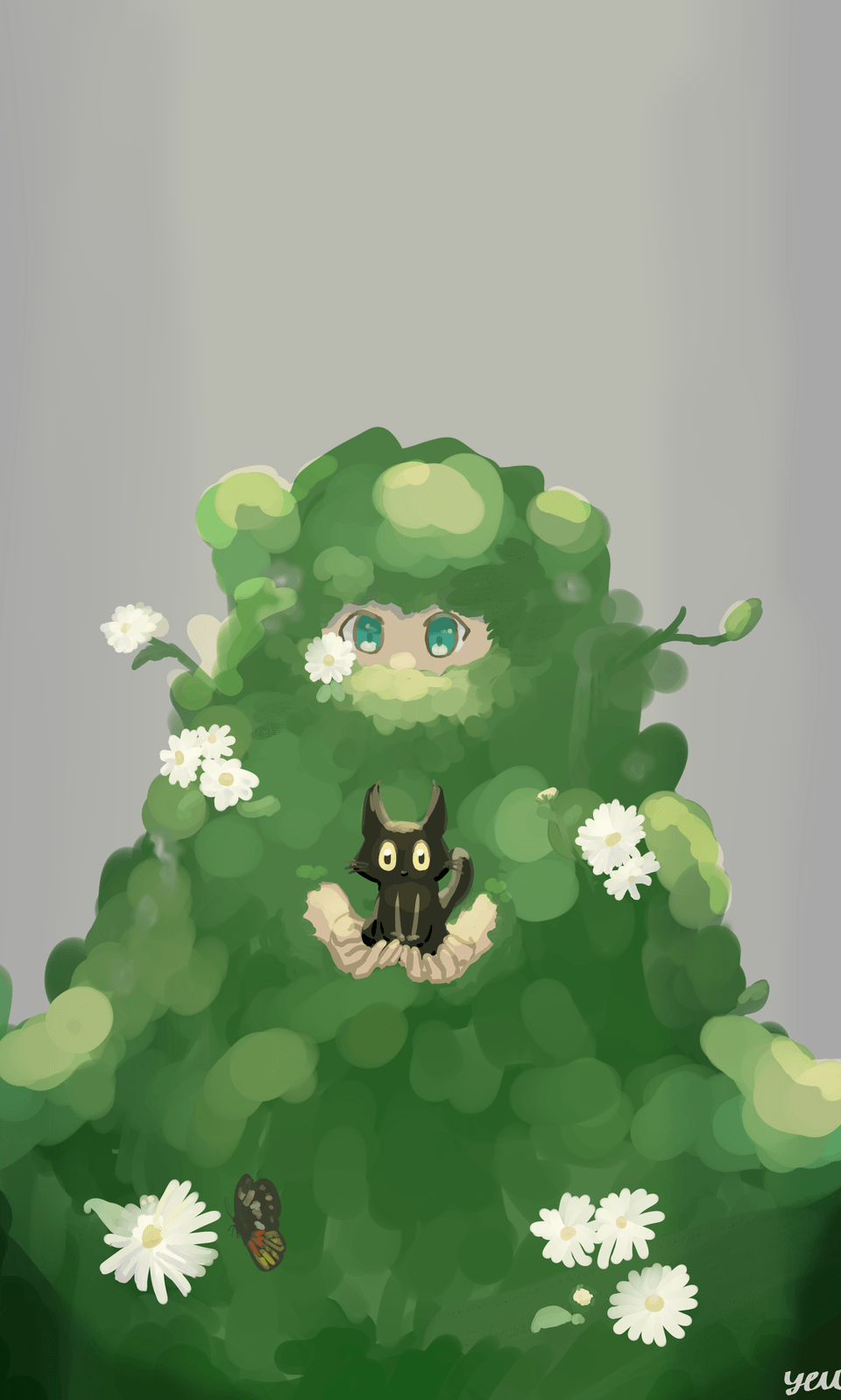How to Draw Mouths, Lips and Teeth
Drawing and Painting Styles
Today, we will learn how to draw Mouths, Lips, and Teeth and add variety to each of these features. And there are many styles we can use to draw them.
Unrealistic cartoon drawing uses simplified shapes and lines to represent people, animals, and objects.
You can pretty much do anything you want with this style. However, once you set the rules of this world, you must stay consistent with it. For instance, if the mouth opens on the side of every character's face, then you can't switch to opening the mouth from the front.
Semi-realistic line art cartoon drawing attempts to represent reality.
Realistic/Photorealistic drawing uses tones and values to represent reality.
Anatomy of Mouths, Lips, and Teeth
LIPS
Philtrum ridges
Cupid's Bow
Upper Vermillion Border
Tubercles
Oral Commissures
Lower Vermillion Border
Furrow
There are a lot of names with big words.
How about we think of them as shapes?
Top Bumps
Sharp Edge is the border between the lips and the face
Flat with a roll at the end
Ridge
Bottom Bumps
Lip corners - more pronounced on a man than a woman
Furrow
MOUTH
Palate
Upper Lip
Uvula
Inside of Cheek
Tonsil
Tongue
Teeth
Retromolar Trigone
Gum
Lower lip
10 Types of Lips
Heart-shaped Lips with prominent cupid's bow
Top-Heavy Lips
Bottom-Heavy Lips
Full Lips - Top and bottom lips are almost the same size
Thin Lips
Wide Lips - This is not a shape issue. The lips are wide in proportion to the face. It is really apparent when they smile.
Small Lips - This is not a shape issue. The lips are small in proportion to the face .
Round Lips
Downward-Turned Lips
Bow-Shaped Lips - The top lip is shaped like the bow of an arrow
Women's lips are shown as examples because when You draw a man's lips, you will not usually draw complete lines of the top lip.
Planes
Blockiness gives more character than round shapes.
The upper lip has three main planes. that can be sub-divided into five.
The lower lip has four planes
The upper lip is flat and angular. The lower lip is full and round.
The mouth shape is influenced by the bone and teeth which it covers.
Measurements
The mouth and lips are in the lower third of the face.
When the head is tilted, use the center measurement line to help create a three-dimensional head. Also, emphasize the under planes so that the angle is unmistakable.
Construction
Although the bones will not be visible. We must think about them as the foundation for the head.
When teeth are visible, never draw each individual tooth using lines. When you draw lines between each tooth, it looks like gaps between them.
Instead, slightly indicate each tooth at the gum line and with a slight indentation to indicate the tooth's shape.
Your top teeth should sit in front of your bottom teeth.
This allows the top molars to join together correctly with your bottom molars.
In the side view, the pointed ends of the upper teeth should fit perfectly between two teeth on the bottom, while the upper teeth should sit slightly in front of your lower teeth
In the front view, the edges of your top teeth should follow the curve of your bottom lip.
Teeth not in this usual sitting position will be either an overbite, Underbite, or Crossbite.
Everyone's teeth are different, and there's no "normal."
The mouth is one of many separate pieces fitted in place on the bones of the head. The rounded piece that contains the mouth can be thought of as a barrel or muzzle.
The mouth must fit around the curve of the front teeth, upper and lower jaws. Often it is drawn as if the mouth is flat.
Once you understand the basic measurements and divisions, try some variations. You will always draw the same generic mouth if you get too hung up on these as a law. Vary the proportions and create variety, just like in real life.
Muscles
As the corners of the mouth are pulled back to laugh or smile, the upper lip becomes straighter and the lower lip more curved. The upper teeth are visible. We usually only see the lower teeth in extreme mouth actions.
The lip corner depressions are more noticeable when laughing and smiling.
The lower lip is always the same distance from the bottom of the chin in a regular smile or laugh. The distance between the top upper lip and bottom of the nose is lessened.
This doesn't apply when the mouth is yelling or with a hilarious laugh, where the jaw is open much wider. Or whenever the mouth is open much wider when surprised and shocked.
Mouth Mechanics
Balance the forms on both sides of your middle construction line.
Never use the Symmetry Tool to draw the face or lips. No face is perfectly balanced. And drawing it using the Symmetry Tool will make it look weird.
The bones are fixed in place. The jaw only opens and closes. The expressions of the mouth fit around it.
Variety
Once you understand the basic measurements and divisions, try some variations. You will always draw the same generic mouth if you get too hung up on these as a law. Vary the proportions and create variety, just like in real life.
Observe your family and friends and practice drawing them to help get more variety in your lips.
art and text copyright 2022 Howard Simpson
















留言